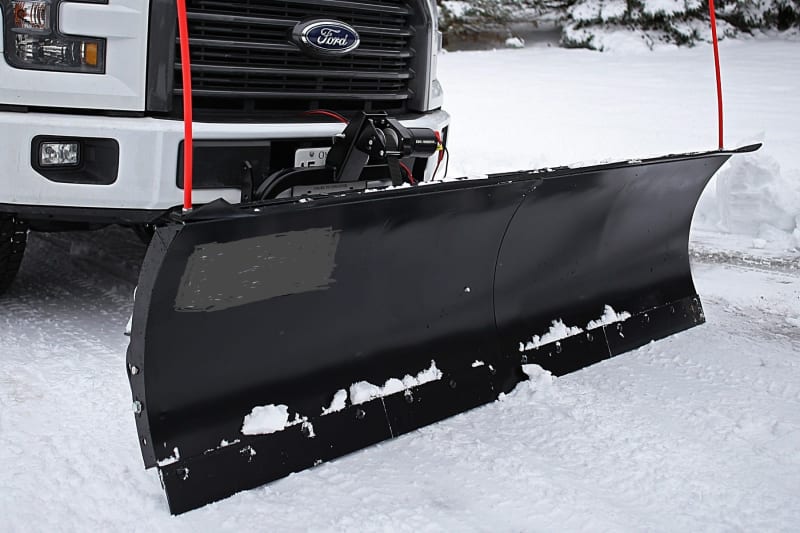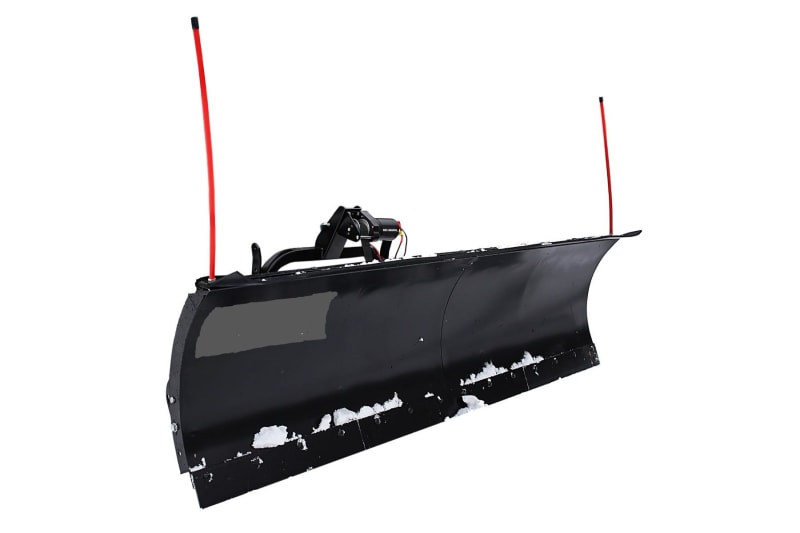Hungy_For_Knowledge
Mechanical
I am trying to reverse engineer an existing snowplow model and improve upon it. These snowplows are made in China. What is the most likely material they could have used to make the major components of these snowplows? It would make sense to make them out of stainless steel. Is there any way to determine this if I don't have access to the drawings? In general what alloy could be used for the blades, and frame elements to optimize the cost and maintain basic product functionality? If my concept design and build goes well, I will consider sourcing these from China myself.










